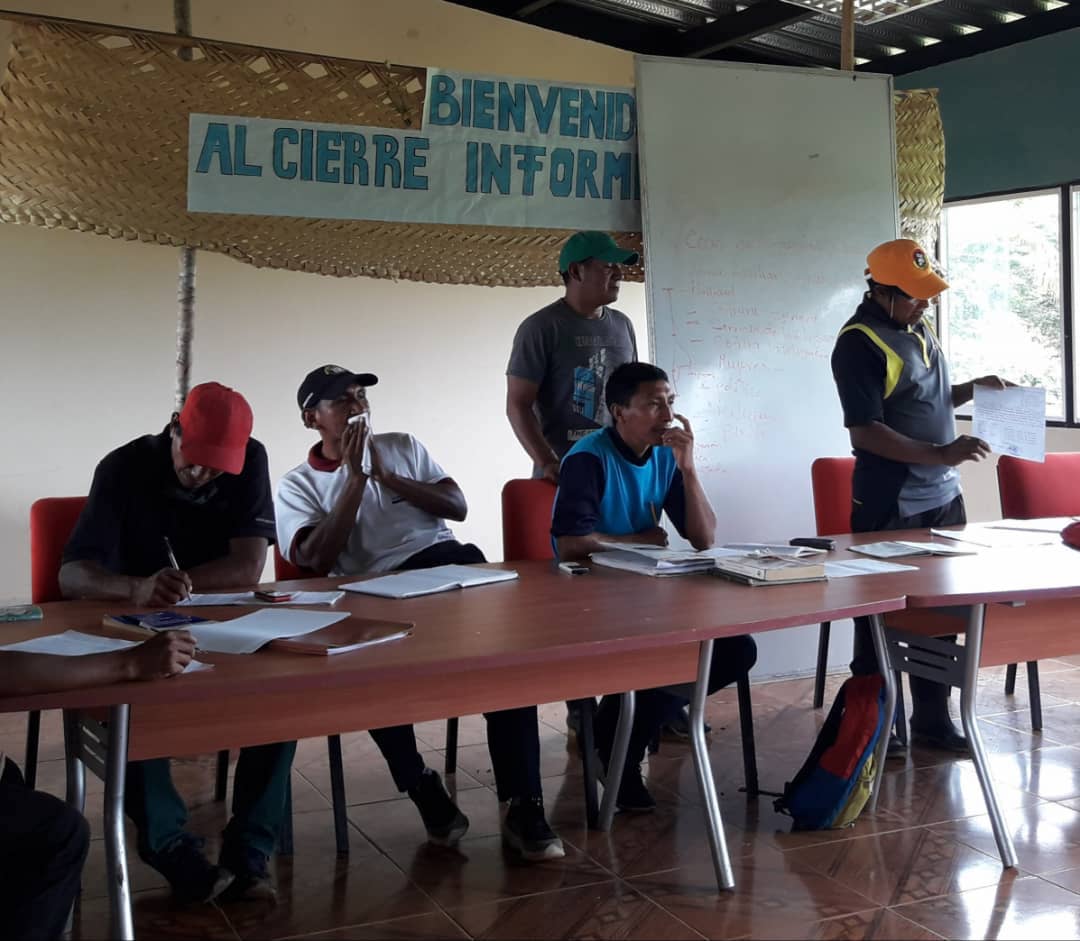
The Pandemic Left the Sapo River Unprotected
COVID-19 halted the work of environmental organizations on the Sapo River in El Salvador. Their goal was to become familiar with the area through scientific research and activities such as compiling an inventory of flora and fauna and operating patrols to block illegal hunting and logging. Their absence is not the only risk to the region: within a period of two years, the San Miguel Environmental Court ordered cancelation of the permits for two hydroelectric plants: one on the Sapo River and another planned for one of its tributaries.











Comentar